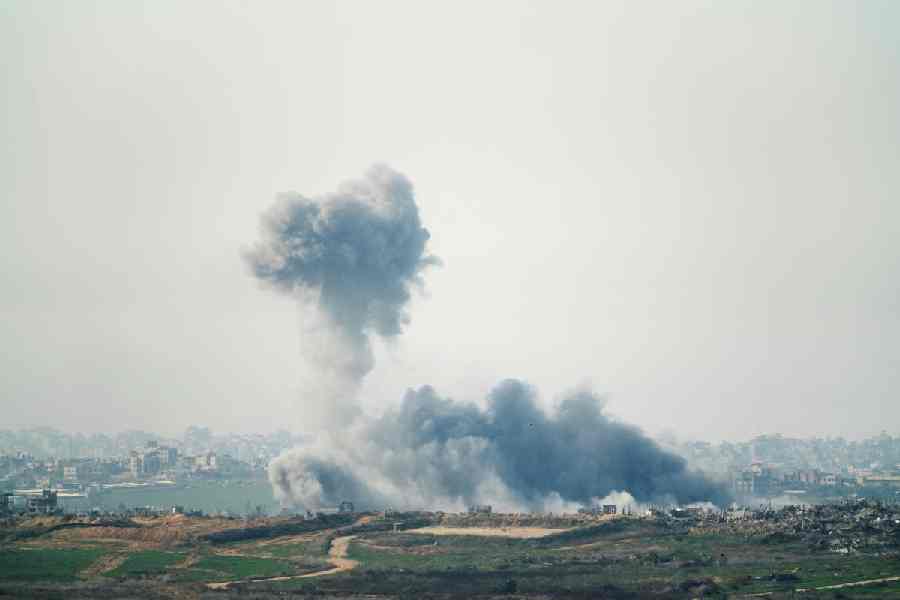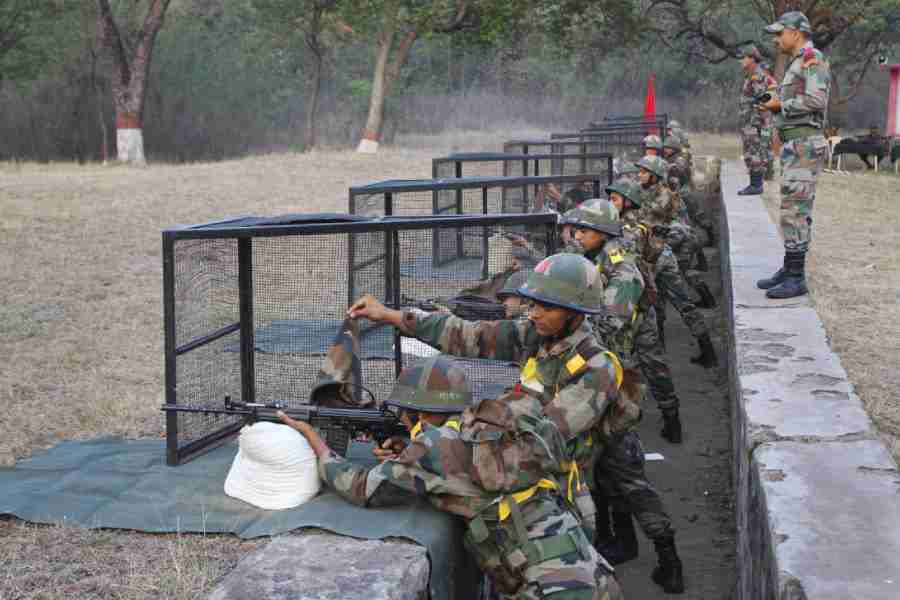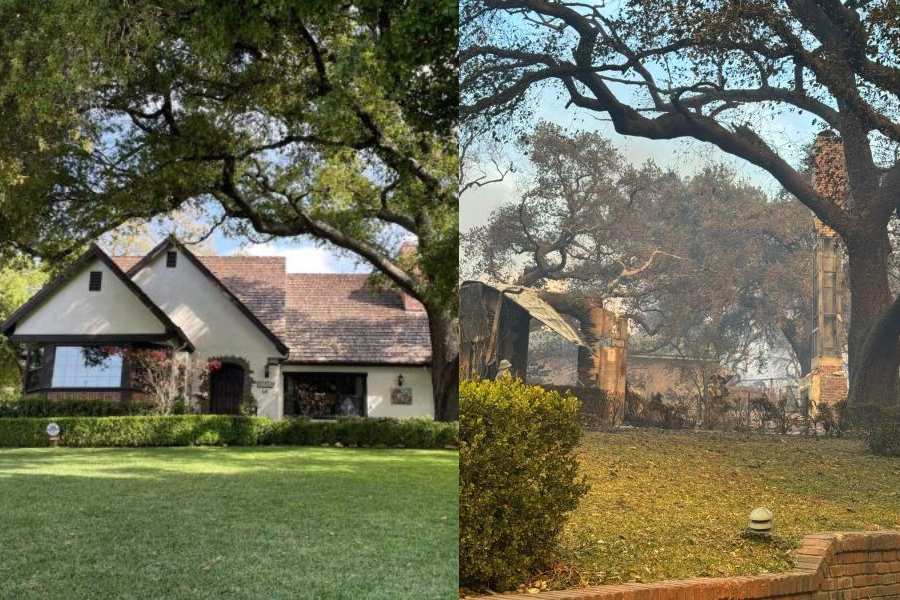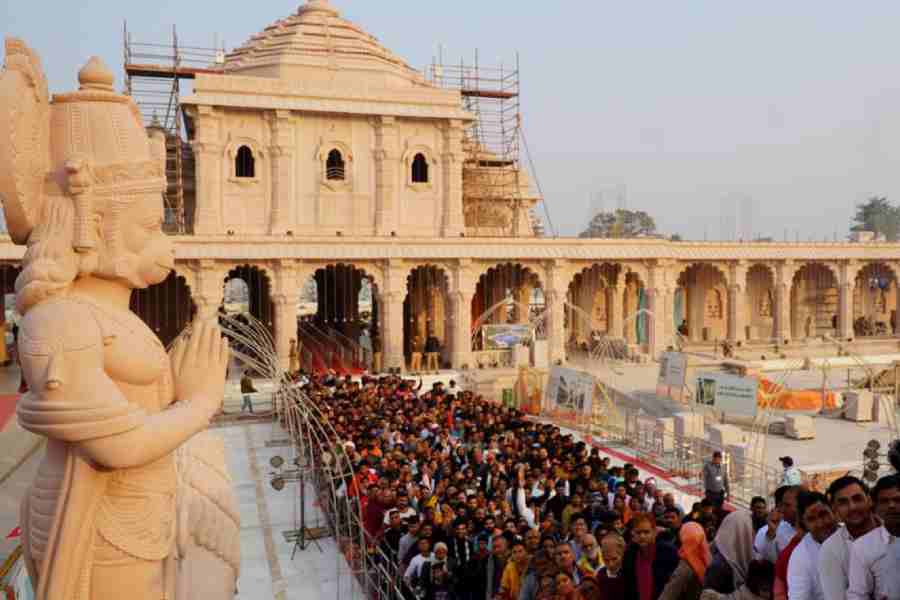What lit the spark for the violence?
Demonstrations by tribal groups against any move to grant the majority Meiteis Scheduled Tribe (ST) status, which the residents of the hills have. The high court had on April 19 asked the Manipur government, which has been sitting on such a proposal for a decade, to make its stand clear to the Union tribal affairs ministry.
Who are the Meiteis?
The majority Meiteis now fall in the Scheduled Caste and Other Backward Classes categories. The government in Manipur, regardless of which party comes to power, has always been dominated by Meiteis.
What is the ethnic composition of Manipur?
The tribals — mostly Nagas and Kukis — make up 40 per cent of Manipur’s population and live largely in the hills. The Meiteis make up 53 per cent of the population and live in the Imphal valley. The fertile valley makes up about a tenth of the total land mass of the state while the hills account for 90 per cent.
Why are the tribals angry?
The eviction drive, which began in February, declared the forest dwellers as encroachers and was seen as anti-tribal. It caused alarm and discontent not only among the Kukis, who were directly affected, but also among other tribals who have villages within reserved forest areas. The tribals say they have been inhabitants of the forests even before the forests were notified. Ahead of chief minister N. Biren Singh’s visit to Churachandpur district last week, a mob vandalised and set on fire the venue where he was scheduled to speak. It also partially torched an open gym which Singh, an ethnic Meitei, was to inaugurate. The attack took place 11 hours before a “total shutdown” called by the Indigenous Tribe Leaders Forum in Churachandpur district. The Forum said that despite repeated memorandums against the drive to evict farmers and other tribal settlers from reserved forests, “the government has shown no sign of willingness or sincerity in addressing the plight of people”.
What is the grievance of the Kukis?
General secretary of the Kuki Students Organisation, Churachandpur, D.J. Haokip, said: “Several areas in the hill district have been declared as reserved forests, protected forests, and hundreds of Kuki tribals have been dislodged from their traditional settlement area. The anguish of the Kuki people is not about the evictions but the failure to provide rehabilitation to hundreds of those affected.” In March, a violent clash occurred at Thomas Ground in Kangpokpi district where protesters tried to hold a rally against “encroachment of tribal land in the name of reserved forests, protected forests and wildlife sanctuary”. Five persons were injured, following which the state cabinet withdrew the tripartite Suspension of Operations (SoO) talks with two Kuki-based militant outfits — the Kuki National Army and the Zomi Revolutionary Army. The SoO deal is a ceasefire arrangement inked by the Centre, the state government and Kuki outfits that began more than a decade ago. The cabinet reiterated that the “state government will not compromise on steps taken to protect the state government’s forest resources and for eradicating poppy cultivation”. Three churches in Imphal’s Tribal Colony area were demolished on April 11 for being “illegal constructions” on government land, leading to more discontent.
Has the Meitei demand added fuel to fire?
When the “Tribal Solidarity March” organised by the All Tribal Student Union Manipur was announced for Wednesday to protest the proposal to grant ST status to the Meitei community, there were fears this could lead to tension and clashes. The march was organised by Nagas and Kuki tribals after Manipur High Court asked the state government last month to send a recommendation to the Centre within four weeks on the demand for ST status by the Meitei community.










